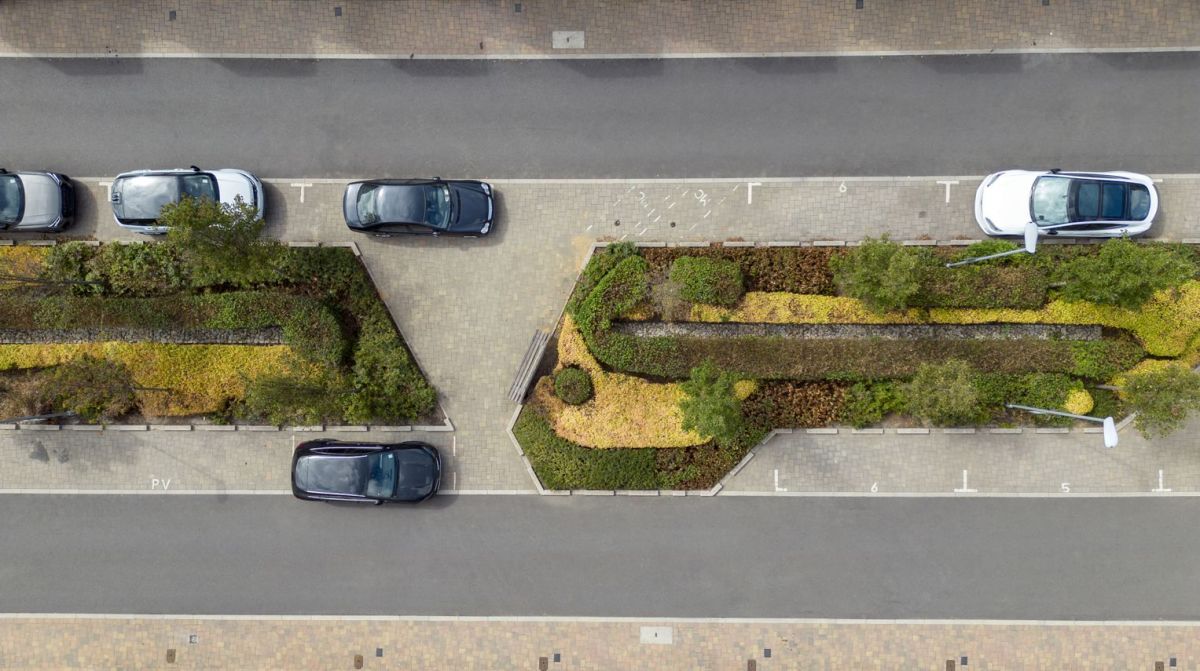Arlington County, Virginia, tests parking sensors for flexible pricing scheme

Residents of Arlington County, Virginia, can expect price changes in metered parking spaces and to gain access to occupancy information this winter.
Speaking at the Fall Smart Cities Connect 2023 conference in Washington, D.C., the parking and curb space manager for Arlington County, Melissa McMahon, said in an interview with StateScoop that her county is anticipating moving in December or January into the next portion of its performance parking pilot — a community-wide use of sensors and pricing tools to provide information about parking space availability and demand for metered spots.
The technology used in the program includes in-ground sensors to provide occupancy updates for parking spaces without using any camera use or personally identifying information collected, so privacy concerns are not an issue for this project, McMahon said. Once initial data is collected, Arlington County officials expect to apply the system’s pricing tools across the 4,500 parking spots involved in the pilot to increase or decrease prices on a quarterly basis.
“In our application, it’s the potential for charging people more for parking to convince them to park in other places,” McMahon said during the event. “It’s not simply that we’re going to be able to provide everyone something free now and whenever they want it. … We’ve got to help them achieve most of what they want, and it probably won’t be free.”
The $5.4 million state-funded project spans over three years, with the next two years dedicated to collecting further data and then incorporating pricing calibration for on-street and metered parking. The technology’s sensors detect vehicles and how long they occupy spaces.
This technology also provides alerts to law enforcement. If a vehicle is parked in front of a fire hydrant for more than five minutes, public safety is alerted and then alerted again when the vehicle departs.
While the pilot program includes 4,500 spaces, McMahon said she’s not sure if the county would monitor that many spaces if the technology was permanently implemented. The larger sample size, she said, provides a more comprehensive dataset for decision-making, rather than an “asset-light approach.”
“We didn’t have confidence that we were going to get, out of a model in a small sampling of locations, true understanding of what’s going on in those different neighborhoods,” McMahon said during the event. “With all the things that make them different by land use and the nature of visitors. We felt more comfortable with this approach because of the certainty of the data that we would get.”





